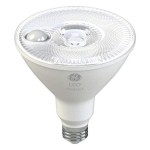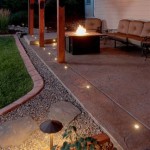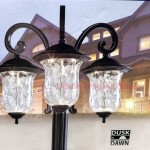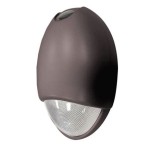Essential Aspects of Outdoor Lighting Design Plans
Transforming your outdoor spaces with captivating lighting is an art that elevates ambiance, enhances safety, and extends usability beyond daylight hours. Crafting an effective outdoor lighting design plan requires careful consideration of fundamental aspects to create a harmonious and functional environment.
Objective and Functionality
Define the primary purpose of your outdoor lighting. Do you aim to create a relaxing ambiance, illuminate pathways for safety, or accentuate architectural features? Clearly establish these objectives to guide subsequent design decisions.
Scale and Placement
Determine the optimal scale of lighting fixtures for your space. Ensure the size and height complement the area without overpowering it. Strategic placement considers factors such as distance from structures, trees, and pathways, ensuring even illumination without creating shadows or glare.
Lighting Types and Sources
Choose lighting sources that align with your aesthetic preferences and the intended ambiance. Uplights illuminate trees and structures upward, accentuating their architectural details. Downlights cast light downward, providing illumination for pathways and driveways. Consider LED fixtures for energy efficiency and extended lifespan.
Color Temperature and Beam Angle
The color temperature of outdoor lighting sets the mood and atmosphere. Warm white hues create a cozy and inviting ambiance, while cool white tones enhance focus and visibility. Beam angle affects the spread of light. Wide-angle fixtures illuminate larger areas, while narrow-angle fixtures create focused beams of light.
Multiple Lighting Layers
Avoid relying solely on a single light source. Layer different types of lighting to create depth and ambiance. Ambient lighting provides general illumination, while accent lighting highlights specific features. Path lighting ensures safe and convenient navigation.
Automation and Control
Consider automated lighting systems for convenience and energy efficiency. Motion sensors, timers, and remote control options enable you to adjust lighting levels and schedules based on your needs. This optimization reduces energy consumption and ensures illumination when needed.
Glare Control and Shielding
Excessive glare can detract from the aesthetic appeal and safety of outdoor lighting. Choose fixtures with shielding or louvers to minimize glare. This prevents light from shining directly into windows or obstructing visibility while maintaining adequate illumination.
Maintenance and Upkeep
Plan for regular maintenance to ensure your outdoor lighting system remains functional and visually appealing. Scheduled cleaning, bulb replacements, and electrical inspections help prolong the lifespan of fixtures and maintain optimal performance.

Plan Your Landscape Lighting Design Twilight Designs

Outdoor Lighting How To Design A Garden Scheme Pt Iii

Landscape Lighting Design Overview

Landscape Lighting Design Jeffrey Heid Architect

Résultats De Recherche D Images Pour Landscape Lighting Plan Outdoor Garden Design

Outdoor Lighting Design San Antonio Landscaping

Plan View Lighting Garden Landscape
Hamptons Landscape Lighting Luxury Outdoor Design Installation Service

Illuminate Your Outdoor Living Space With Creative Landscape Lighting Electrical Contractors In Hopkinton Nh Irish Electric Corp

Bright Ideas For Outdoor Lighting Designs
Related Posts







